-
 Bitcoin
Bitcoin $113900
-1.39% -
 Ethereum
Ethereum $3517
-4.15% -
 XRP
XRP $3.009
1.59% -
 Tether USDt
Tether USDt $0.9997
-0.04% -
 BNB
BNB $766.8
-1.41% -
 Solana
Solana $164.6
-2.38% -
 USDC
USDC $0.9998
-0.02% -
 TRON
TRON $0.3277
0.65% -
 Dogecoin
Dogecoin $0.2023
-1.67% -
 Cardano
Cardano $0.7246
0.05% -
 Hyperliquid
Hyperliquid $38.27
-4.77% -
 Sui
Sui $3.528
-0.52% -
 Stellar
Stellar $0.3890
-0.73% -
 Chainlink
Chainlink $16.16
-2.69% -
 Bitcoin Cash
Bitcoin Cash $539.9
-4.38% -
 Hedera
Hedera $0.2425
-2.00% -
 Avalanche
Avalanche $21.71
-0.97% -
 Toncoin
Toncoin $3.662
5.73% -
 Ethena USDe
Ethena USDe $1.000
-0.02% -
 UNUS SED LEO
UNUS SED LEO $8.964
0.35% -
 Litecoin
Litecoin $107.7
2.33% -
 Shiba Inu
Shiba Inu $0.00001223
-0.40% -
 Polkadot
Polkadot $3.617
-0.97% -
 Uniswap
Uniswap $9.052
-2.49% -
 Monero
Monero $295.1
-3.79% -
 Dai
Dai $0.9999
0.00% -
 Bitget Token
Bitget Token $4.315
-1.85% -
 Pepe
Pepe $0.00001060
0.11% -
 Cronos
Cronos $0.1342
-2.72% -
 Aave
Aave $256.0
-0.87%
What are the staking rewards on Kraken
Stake crypto on Kraken to earn passive income with rewards in the same asset, no minimums, and support for ETH, ADA, DOT, SOL, and more.
Aug 02, 2025 at 03:03 pm
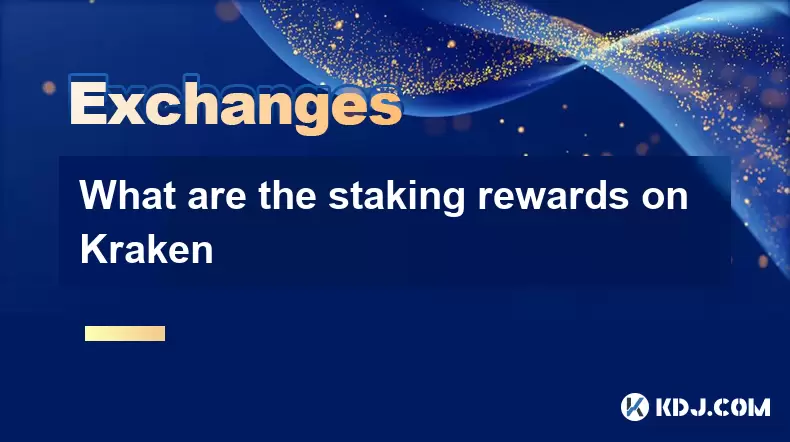
Understanding Staking on Kraken
Staking on Kraken allows users to earn rewards by participating in the validation process of various proof-of-stake (PoS) blockchains. When you stake your cryptocurrency, you are essentially locking up your assets to support network operations such as transaction validation and maintaining blockchain security. In return, Kraken distributes staking rewards to users who participate, typically in the form of additional tokens from the staked asset.
Kraken supports staking for a variety of cryptocurrencies, including ETH (Ethereum), ADA (Cardano), DOT (Polkadot), SOL (Solana), and ALGO (Algorand), among others. The platform handles the technical aspects of staking, so users don’t need to run their own nodes or manage validator infrastructure. This makes Kraken a user-friendly option for those who want to earn passive income without deep technical involvement.
It’s important to note that staking on Kraken is non-custodial in the sense that your assets remain in your Kraken account, but they are locked for the staking period. You retain ownership, and you can unstake at any time, although some networks may have an unstaking period due to blockchain protocol rules.
How Kraken Calculates Staking Rewards
Staking rewards on Kraken are determined by multiple factors, including the underlying blockchain’s reward rate, the total amount of tokens staked network-wide, and Kraken’s operational efficiency in validating transactions. Kraken does not set the reward rate — it is governed by each blockchain’s consensus mechanism.
For example, Ethereum’s staking rewards are influenced by the total ETH staked across the network. As more ETH is staked, the annual percentage yield (APY) tends to decrease slightly due to inflation control mechanisms. Kraken passes nearly all rewards to users, typically deducting only a small service fee — usually around 15% to 20% — to cover operational costs.
Rewards are calculated daily and distributed approximately every 24 hours. The exact timing can vary slightly depending on the blockchain’s finality and block confirmation times. For instance, SOL staking rewards may be credited faster than DOT rewards due to differences in network speed and finality.
Kraken displays estimated APY rates on its staking page, but these are projections and can fluctuate. The actual rewards you receive will depend on real-time network conditions and the duration your assets remain staked.
Supported Cryptocurrencies and Their Reward Rates
Kraken currently supports staking for several major cryptocurrencies, each with its own reward structure:
- Ethereum (ETH): After the Merge, Ethereum transitioned to PoS. Kraken offers ETH staking with estimated APYs typically ranging from 3% to 5%, depending on network conditions. Rewards are distributed in ETH and may take a few days to appear after staking.
- Cardano (ADA): ADA staking on Kraken offers APYs generally between 3% and 5%. Rewards are distributed every epoch, which lasts about 5 days.
- Polkadot (DOT): DOT staking rewards vary more significantly, often between 10% and 14% APY. Kraken participates in nomination pools to ensure consistent rewards.
- Solana (SOL): SOL staking can yield between 6% and 8% APY. Rewards are distributed daily, and staking is non-custodial through Kraken’s integration with Solana’s validator network.
- Algorand (ALGO): ALGO staking rewards are typically around 5% to 6% APY. Kraken automatically reinvests rewards to compound earnings unless otherwise specified.
These rates are not guaranteed and can change based on network participation, slashing risks (minimal on Kraken due to professional node management), and protocol updates.
How to Start Staking on Kraken – Step-by-Step Guide
To begin earning staking rewards on Kraken, follow these steps:
- Log in to your Kraken account and ensure your identity verification is complete, as staking requires Level 2 or higher verification.
- Navigate to the "Earn" tab in the main menu, then select "Staking" from the dropdown.
- Browse the list of supported cryptocurrencies and click on the one you wish to stake.
- Enter the amount of the cryptocurrency you want to stake. Make sure you have sufficient balance in your wallet.
- Confirm the transaction. Kraken will lock your funds and begin participating in staking immediately.
- Monitor your staking dashboard to view accumulated rewards, which are typically credited within 24 hours for most assets.
Unstaking is just as simple. Return to the staking section, select the asset, and choose "Unstake". Note that some networks, like Ethereum, may have a waiting period (currently up to 24–48 hours) before funds become available due to network finality requirements.
Risks and Considerations When Staking on Kraken
While staking on Kraken is relatively safe compared to self-staking, certain risks still exist. One primary concern is market volatility. If the price of your staked asset drops significantly, the fiat value of your holdings may decrease even if the number of tokens increases due to rewards.
Another consideration is lock-up periods. Although Kraken allows unstaking at any time, some blockchains enforce mandatory unbonding periods. During this time, your funds are inaccessible and do not earn rewards.
Additionally, although Kraken minimizes the risk of slashing (penalties for validator misbehavior), it cannot eliminate it entirely. However, Kraken uses robust infrastructure and diversified validator setups to reduce this risk to near-zero for users.
Lastly, tax implications vary by jurisdiction. Staking rewards are considered taxable income in many countries, including the United States. Users should keep detailed records of reward distributions for reporting purposes.
Frequently Asked Questions
Q: Are staking rewards on Kraken paid in the same cryptocurrency I stake?
Yes, staking rewards are paid in the same asset you stake. For example, if you stake ADA, you will receive ADA as rewards. These are automatically added to your staking balance and can be compounded or withdrawn.
Q: Can I trade my staked assets while they are staked?
No, staked assets are locked and cannot be traded, transferred, or used in margin positions while staking. You must unstake them first, which may take time depending on the blockchain.
Q: Does Kraken stake my funds immediately after I confirm?
Yes, Kraken typically begins staking your assets immediately after confirmation. However, it may take one to two reward cycles (e.g., 24 hours for ETH) before the first rewards are visible in your account.
Q: Is there a minimum amount required to stake on Kraken?
Most cryptocurrencies on Kraken have no minimum staking requirement. You can stake any amount, even fractional units. However, very small amounts may generate negligible rewards due to network fees and distribution mechanics.
Disclaimer:info@kdj.com
The information provided is not trading advice. kdj.com does not assume any responsibility for any investments made based on the information provided in this article. Cryptocurrencies are highly volatile and it is highly recommended that you invest with caution after thorough research!
If you believe that the content used on this website infringes your copyright, please contact us immediately (info@kdj.com) and we will delete it promptly.
- Crypto Donations, Trump PAC, and Bitcoin: A New York Minute on Political Coin
- 2025-08-02 20:30:12
- Crypto Market Under Pressure: Bearish Momentum and Rising Volatility Take Hold
- 2025-08-02 20:30:12
- DeFi Token Summer Gains: Is Mutuum Finance the Real Deal?
- 2025-08-02 18:30:12
- Bitcoin, Realized Price, and the Top: Are We There Yet?
- 2025-08-02 18:30:12
- Dogwifhat (WIF) Rally: Will the Meme Coin Bite Back?
- 2025-08-02 19:10:12
- PayFi Heats Up: Tron's AMA Recap & TRX's Bullish Nasdaq Debut
- 2025-08-02 19:10:12
Related knowledge
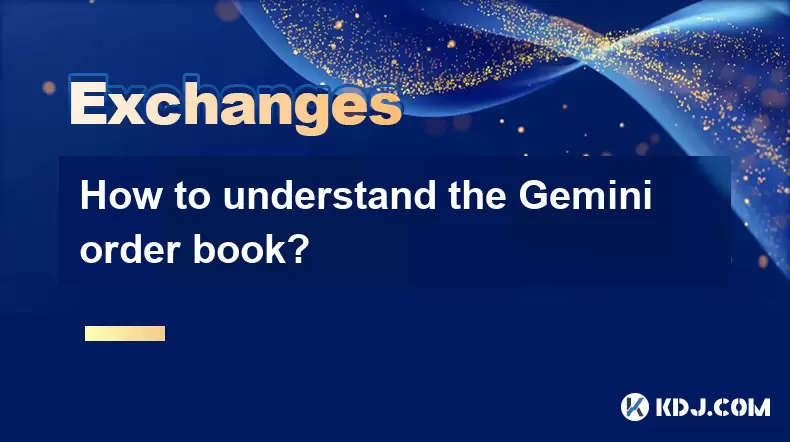
How to understand the Gemini order book?
Aug 02,2025 at 03:35pm
What Is the Gemini Order Book?The Gemini order book is a real-time ledger that displays all open buy and sell orders for a specific cryptocurrency tra...
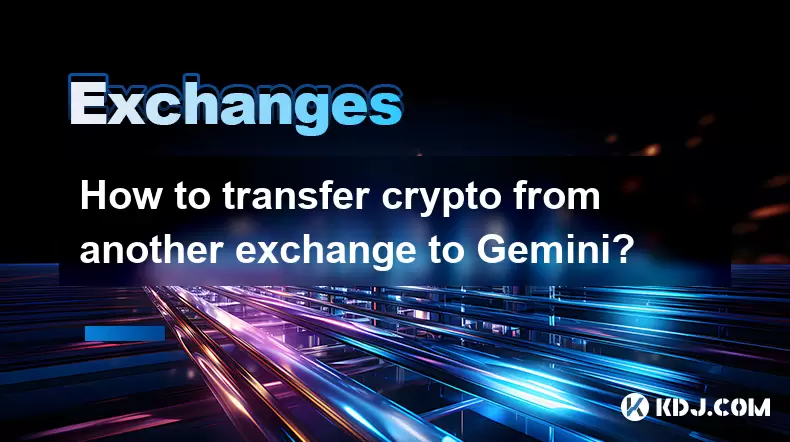
How to transfer crypto from another exchange to Gemini?
Aug 02,2025 at 07:28pm
Understanding the Basics of Crypto Transfers to GeminiTransferring cryptocurrency from another exchange to Gemini involves moving digital assets from ...

How to sell cryptocurrency on Gemini?
Aug 02,2025 at 05:07pm
Understanding the Gemini Platform and Account SetupBefore selling cryptocurrency on Gemini, it’s essential to ensure you have a fully verified account...

How to fix a failed cryptocurrency deposit to Kraken
Aug 02,2025 at 03:22pm
Understanding Why a Cryptocurrency Deposit Fails on KrakenWhen a cryptocurrency deposit fails on Kraken, the issue typically stems from one of several...
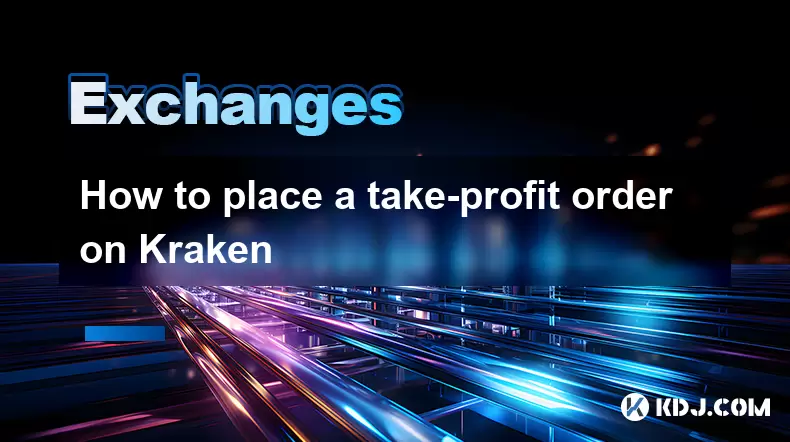
How to place a take-profit order on Kraken
Aug 02,2025 at 02:28pm
Understanding the Role of Private Keys in Cryptocurrency SecurityIn the world of cryptocurrency, private keys are the most critical component of digit...
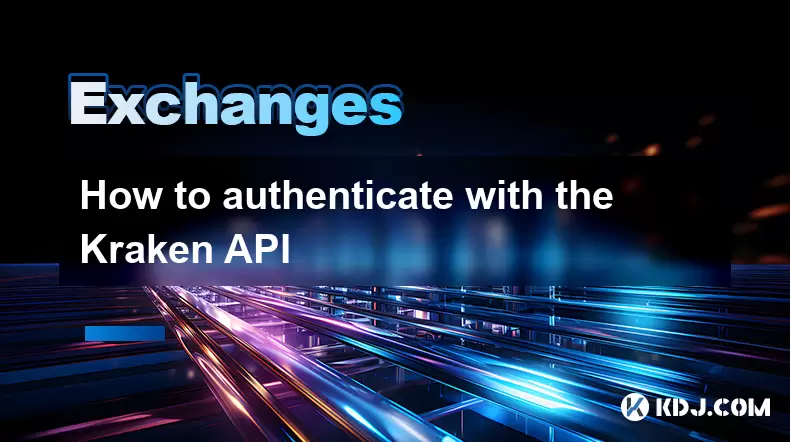
How to authenticate with the Kraken API
Aug 02,2025 at 01:49pm
Understanding Kraken API Authentication RequirementsTo interact securely with the Kraken API, authentication is required for any private endpoints suc...

How to understand the Gemini order book?
Aug 02,2025 at 03:35pm
What Is the Gemini Order Book?The Gemini order book is a real-time ledger that displays all open buy and sell orders for a specific cryptocurrency tra...

How to transfer crypto from another exchange to Gemini?
Aug 02,2025 at 07:28pm
Understanding the Basics of Crypto Transfers to GeminiTransferring cryptocurrency from another exchange to Gemini involves moving digital assets from ...

How to sell cryptocurrency on Gemini?
Aug 02,2025 at 05:07pm
Understanding the Gemini Platform and Account SetupBefore selling cryptocurrency on Gemini, it’s essential to ensure you have a fully verified account...

How to fix a failed cryptocurrency deposit to Kraken
Aug 02,2025 at 03:22pm
Understanding Why a Cryptocurrency Deposit Fails on KrakenWhen a cryptocurrency deposit fails on Kraken, the issue typically stems from one of several...

How to place a take-profit order on Kraken
Aug 02,2025 at 02:28pm
Understanding the Role of Private Keys in Cryptocurrency SecurityIn the world of cryptocurrency, private keys are the most critical component of digit...

How to authenticate with the Kraken API
Aug 02,2025 at 01:49pm
Understanding Kraken API Authentication RequirementsTo interact securely with the Kraken API, authentication is required for any private endpoints suc...
See all articles

























































































